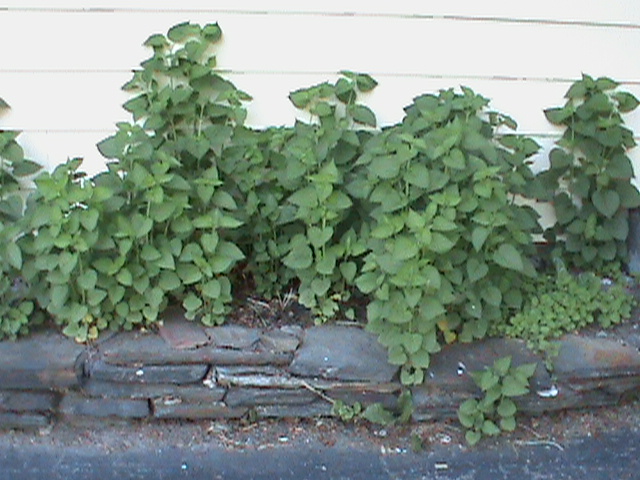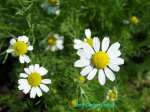Plan Your Herb Garden Design Layout
Site Selection
Planning your herb garden design can feel overwhelming at first, but with a simple sketch and your chosen herbs it can be done.
Things to consider…
• Site Selection
• Garden Design Layout
• The Plan
• Detail Design
• Planting Arrangement
• Getting Physical
First, your site selection…
Which way is North, South, East and West?
Why is this important?
The sun shines from east, southeast, south, southwest, and west as it moves throughout the day.
If
your herb garden design is facing east or west, your plants will not
get the correct southern exposure. They need full sun to grow to their
full potential with essential oils and nutrients.
You also don’t
want to plant an herb plant that will cause shade or shadows on sun
loving herb plants like rosemary and sage. If possible design your herb garden
with at least 6 to 8 hours of sunlight.
Wind is another factor
to consider as it tends to strip away moisture and stresses the herbs
that need warmth to grow. What about a nice place to sit and relax and
breathe in the aromatic herbs?
Shelter your herbs from high winds and they will release their essential oils and delicate fragrances for you.
Second...Herb Garden Design
Second, is your actual garden design…
• Round
• Diamond
• Square
• Diagonal
• Interlocking diamonds
• Wagon wheels
• Or a combination of the above
This is where you decide if you want a formal garden design, a geometric pattern design, or an informal herb garden design. Group your herbs together that will be used for culinary, medicinal, or organic pest control.
Look at the different garden magazines and books to try and design the right herb garden for you.
When well-planned your herb garden will provide many years of enjoyment and ease of maintenance. So, think about what you want when planning an herb garden and start from there.
Third, get a pencil, eraser, and a graph piece of paper. You can also do this on a computer with supporting software, but for simplicity we’ll stick to the basics.
• Measure your site
• Each grid represents 6 inches on your graph paper.
• Mark and outline where your home, buildings, fencing, trees, slopes, raised beds and other essential landmarks.
• Draw exaggerated lines. Do not draw tight, close curves.
• Plan for paths and ease of access with herbs 2 feet to 6 inches from a path.
• Herb beds should measure no more than 4 to 5 feet across, if too large insert stepping stones.
• Draw your herb garden with curved paths so you tend to linger and not rush through your garden.
Now, start filling in the detail of sculptures, chairs, a fountain, or any type of garden accent to bring out the beauty of your herb garden design.
Planting Arrangements
Next, you’re planting arrangements for your herb garden.
• Consider height, color flow, perennial or annual
• Culinary herb bed
• Medicinal herb bed
• Aromatherapy herb bed
• Dye herb bed, and so on for each or any combination
• Keep in mind their plant requirements and sunlight positions
• Plant one plant per square foot or ten per square yard
Getting Physical
Lastly, getting physical is essential to start marking the site and preparing to dig.
• Prepare the soil
• Mark out boundaries
• Use stakes, twine, cardboard box for angles, and lime to draw lines
• Dig and plant
Finally, rest, relax and feel great about what you just accomplished.
Things to remember….
• Time
• Effort
• Pleasure
• Expansion
Most
of us have limited time on our hands with work, family, and leisure it
seems like there’s not enough time in a day. So, keep this in mind when
you plan your herb garden design. It is best to start out small then build up or add onto your herb garden layout each additional year.
Remember…baby steps…start small then expand your herb garden.
Happy herb gardening!






